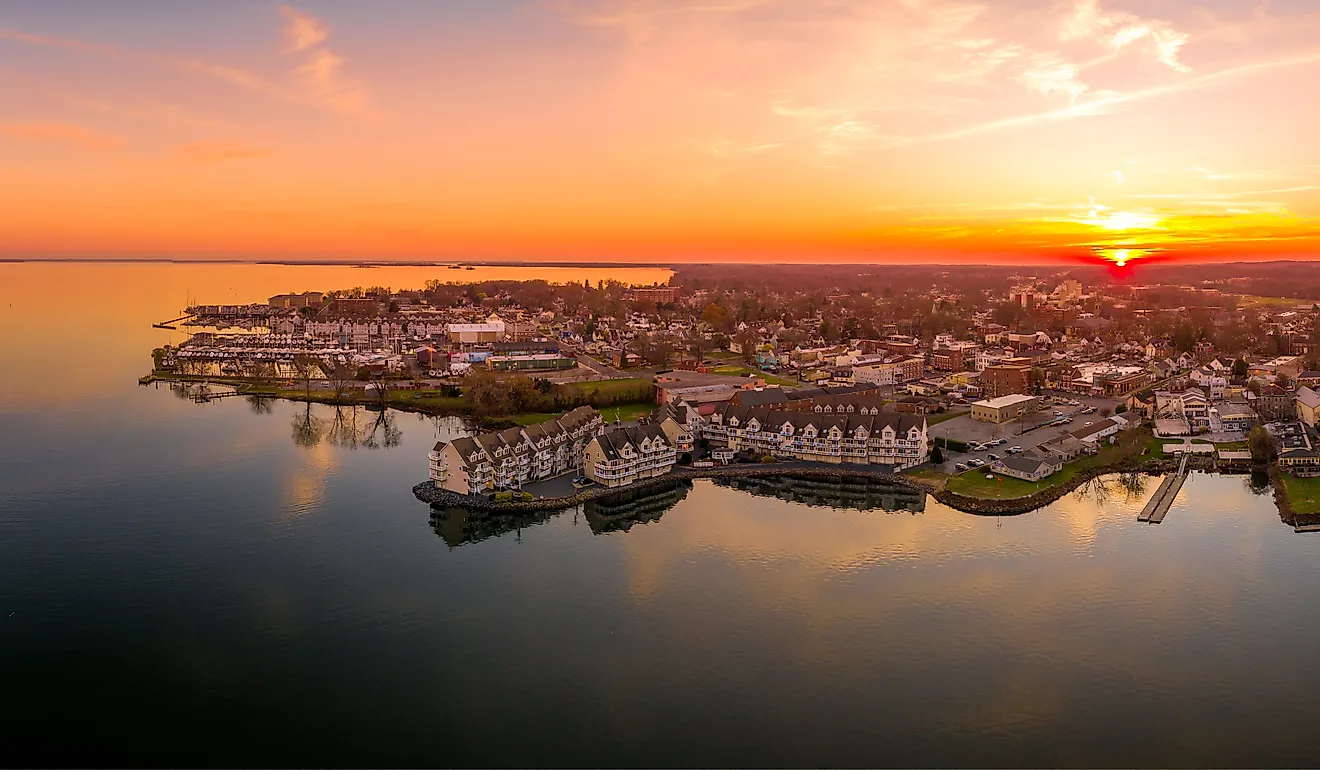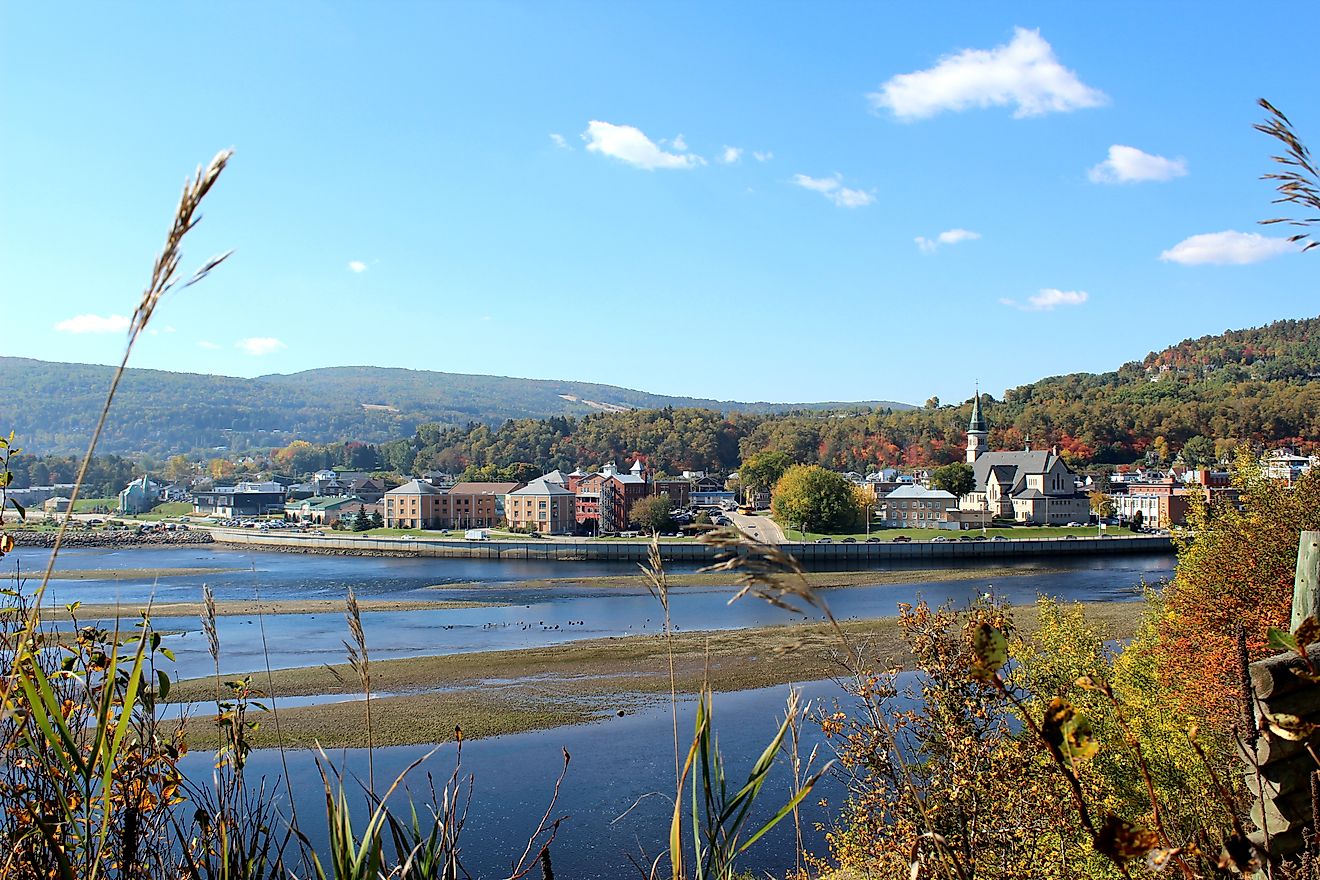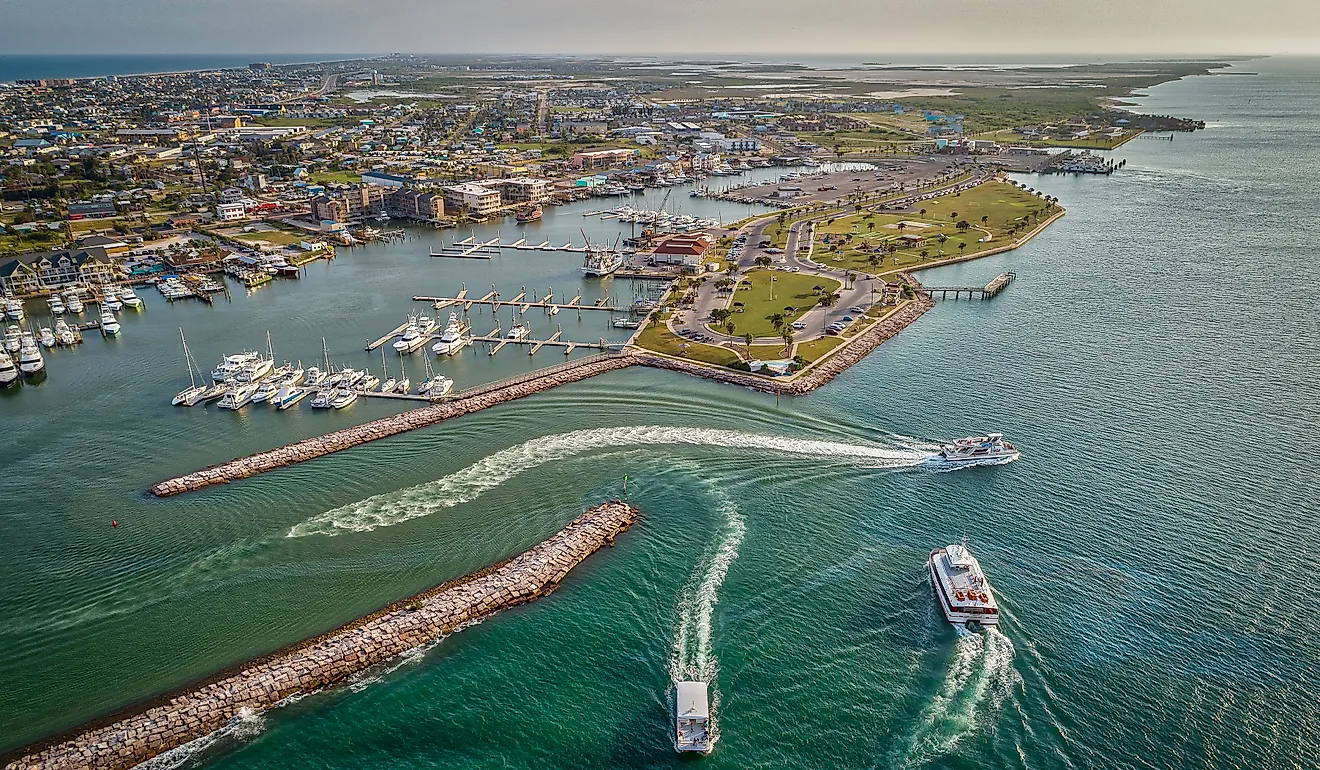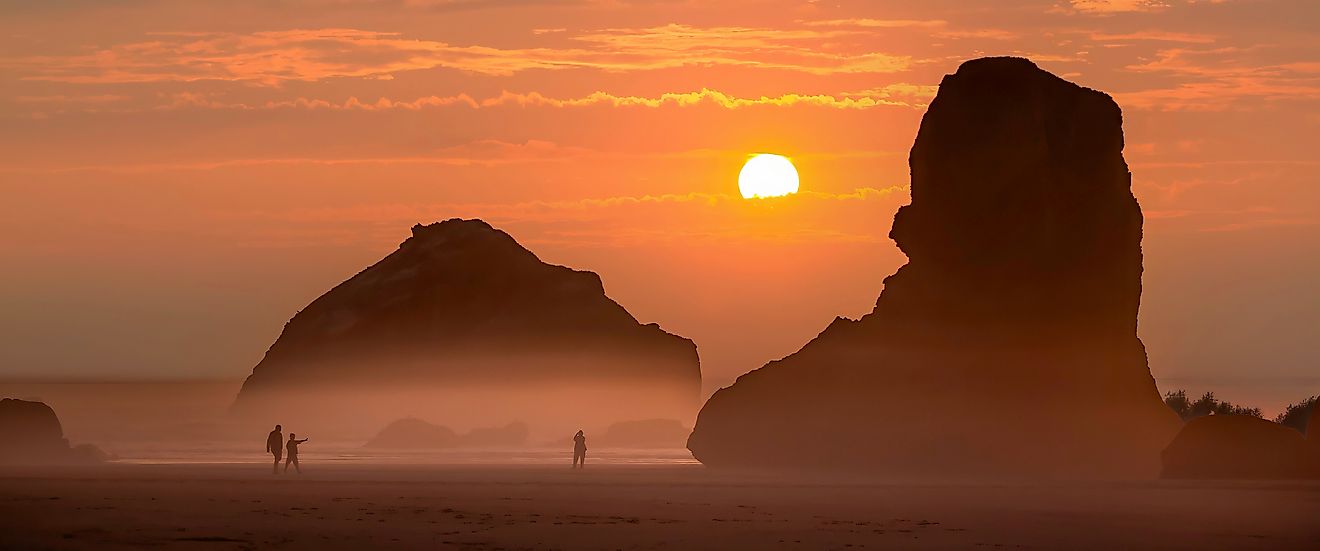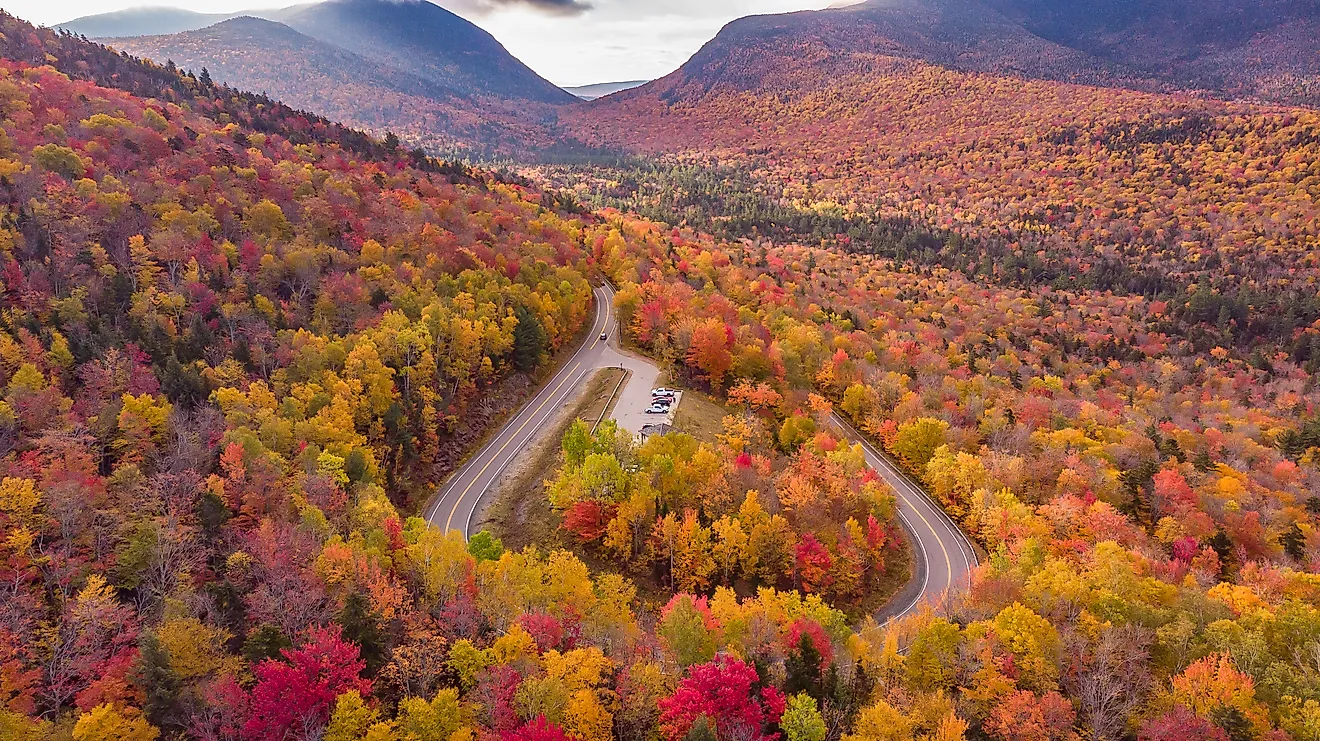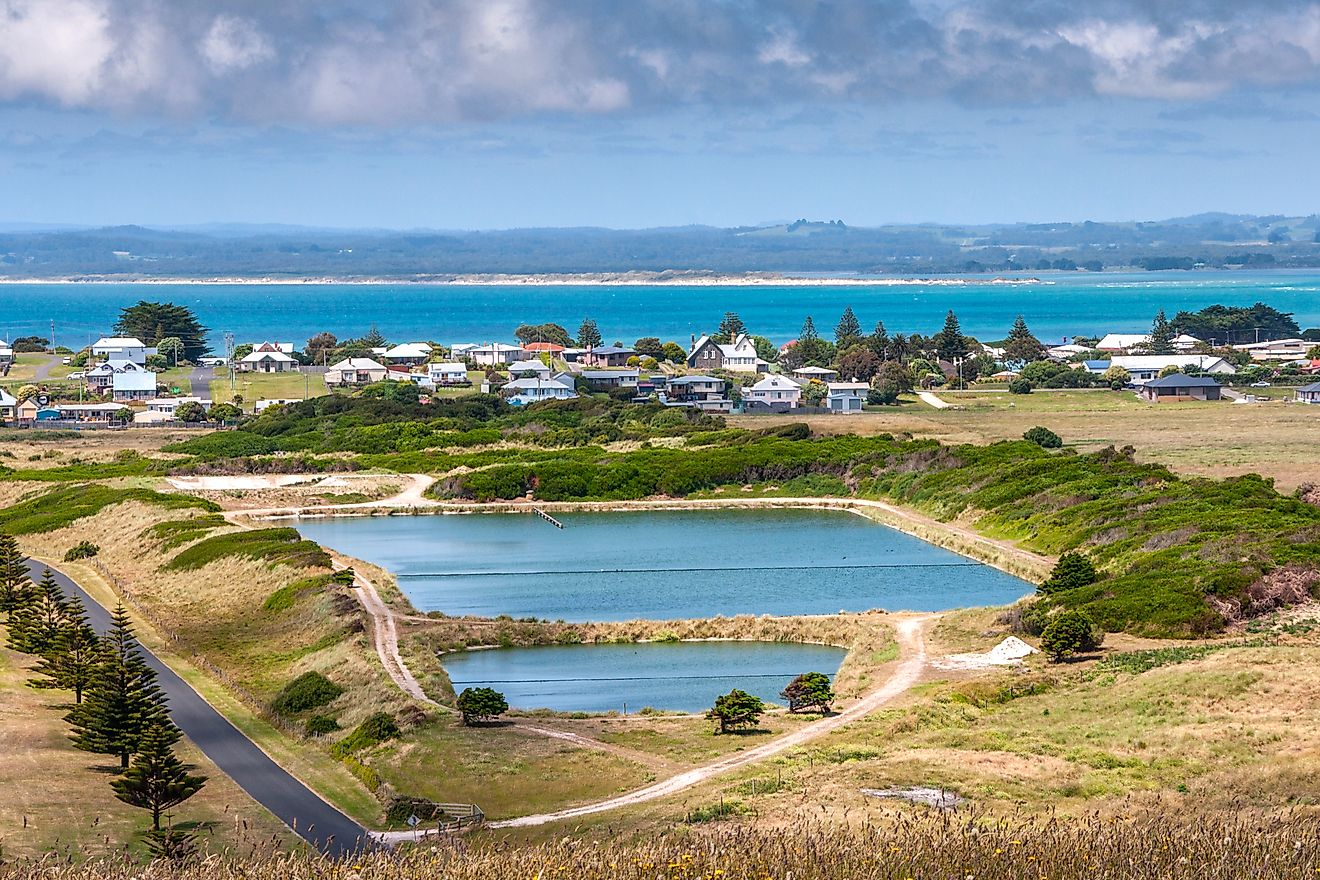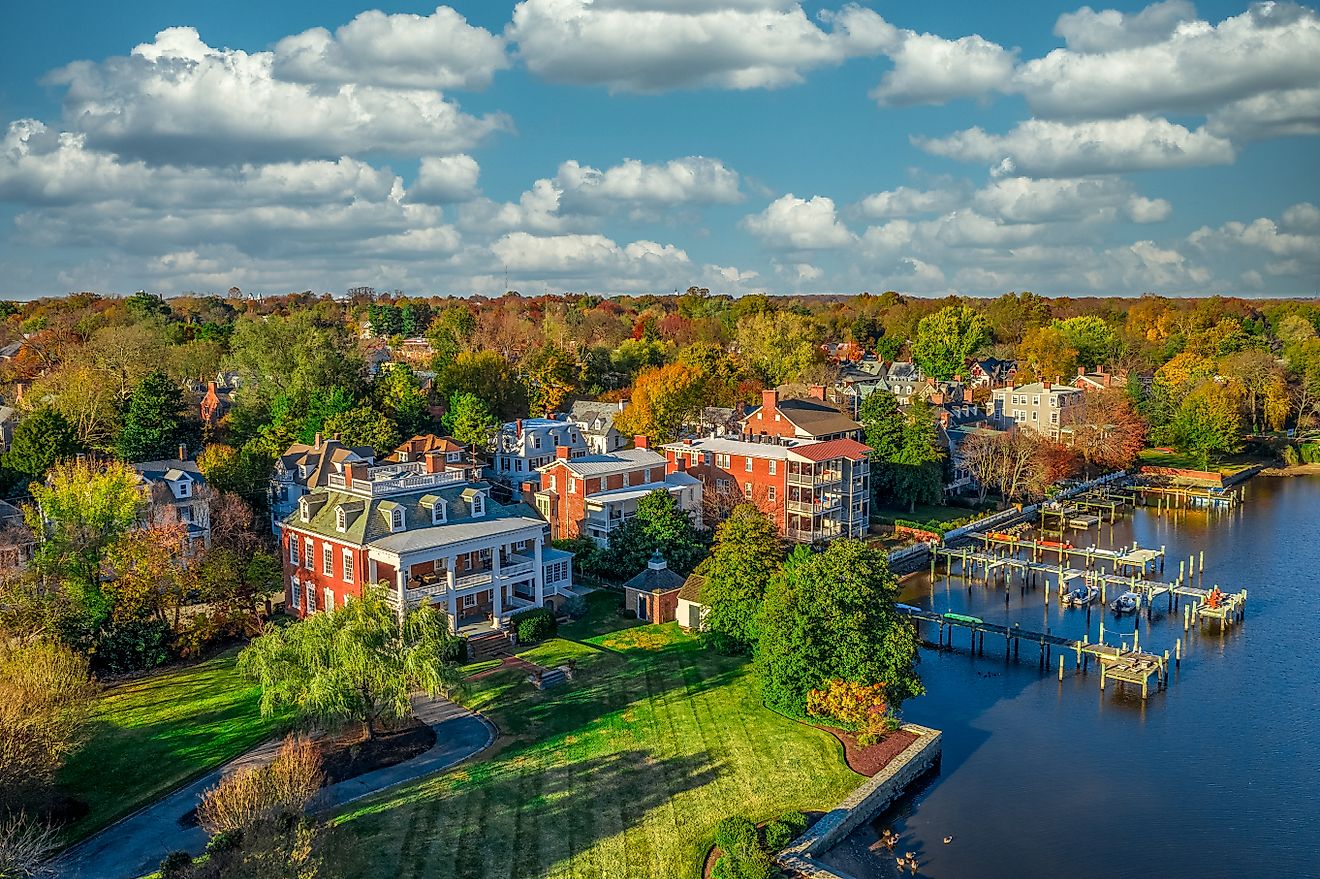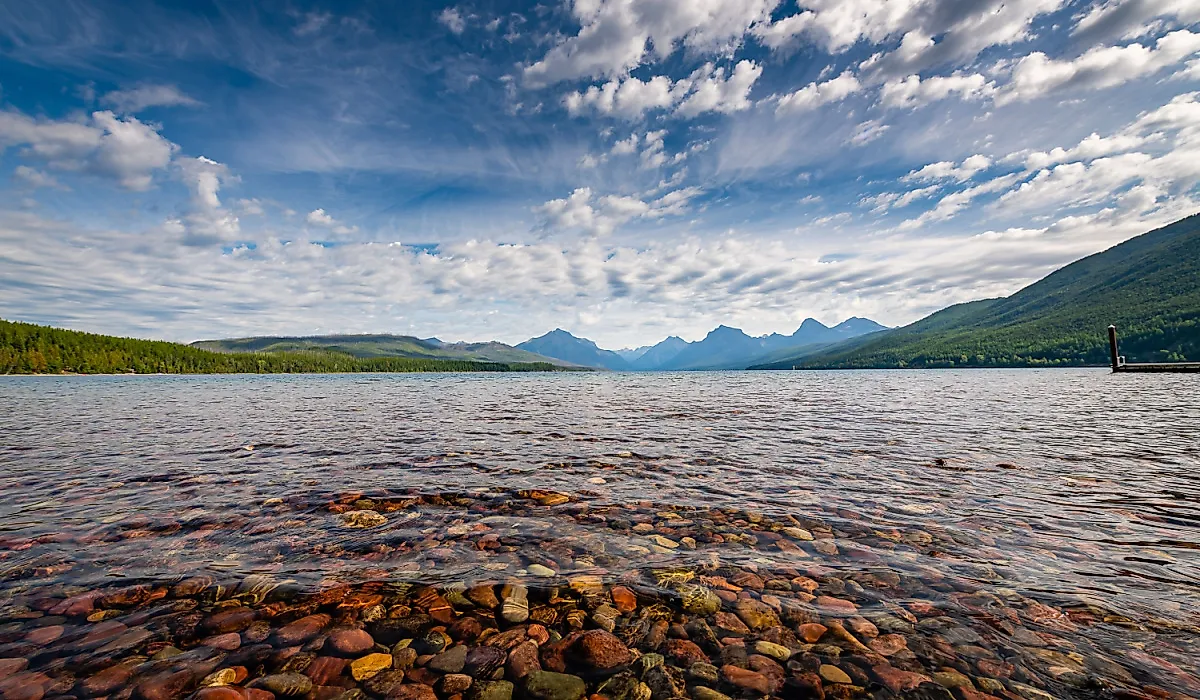
7 Scenic Road Trip Stops Along The Going-to-the-Sun Road
The aptly named Going-to-the-Sun Road in Glacier National Park may just be the single most beautiful stretch of highway in America. Beginning near the community of St. Mary to the east, and the village of Apgar at its far western end, this route cuts 50 miles of roadway through and over the Rocky Mountains in northern Montana. Seasonally open from June to around mid-October (depending on when snow comes), it is widely considered a must-do if you're visiting this epic national park in the warmer months of the year.
Navigable by guided tour bus, bicycle, or with your own vehicle (which you must register in advance), there are several stops along the way that will make the journey truly special the next time you're around. From popular trail heads to breathtaking scenic viewpoints, visitor centers, and more, see what we think are the seven most essential pull-offs the next time you are passing through the area.
St. Mary Visitor Center

This gateway on the east side of Going-to-the-Sun Road is the starting point for a large percentage of the highway's travelers, providing info about the region’s terrain, wildlife, and trail networks before you head off. Rangers working at the center will also be able to give you the inside scoop on current conditions for alpine routes, fire activity, and road status, essential knowledge, especially when planning your stops at the park's higher elevations.
Featuring exhibits on native Blackfeet history and the natural forces that shaped the surrounding valleys, this destination doubles as a nice little museum as well. Moreover, from its parking area, you'll have the opportunity to access some of the trails leading down to the shores of St. Mary Lake, or, if you don't plan on driving yourself, hop on the free shuttle service that connects to Apgar Village on the other side of the route.
Lake McDonald

On the other hand, Lake McDonald forms the west-side entry point to the route. It gives a clear view of how essential glaciers have been to shaping the park's landscape, stretching for just under ten miles of ice-fed water framed by towering peaks that rise sharply from just beyond the shoreline. Look down for another gorgeous view, as the crystalline waters here allow you to easily see through the depths, where many colorful pebbles lie.
Visitors often start at Apgar Village, where they can access Lake McDonald through boat tours, rental kayaks, or on land via a nearby system of pathways. With the byway skirting the lake, various pullouts along the shore headed east provide yet more unobstructed viewpoints above the water and across to the surrounding ridges, making it one of the most photographed sections of the drive.
If you like this location enough to want to spend the night, the rustic Lake McDonald Lodge has rooms available, many of which also directly overlook the lake. Also note that early morning is the most dependable time for calm water and clearer visibility, not to mention the chance to catch a nice sunrise.
Logan Pass
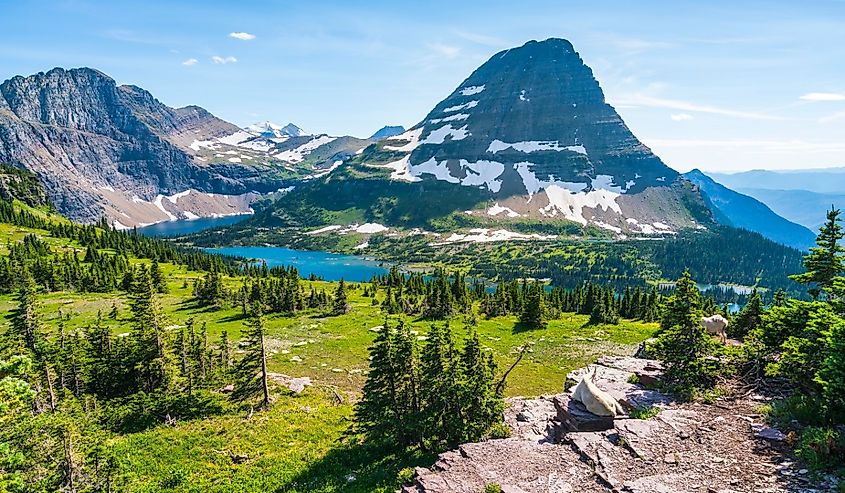
At 6,646 feet, Logan Pass marks the highest point on Going-to-the-Sun Road and functions as the route’s most active hub for visitors. Here, the Logan Pass Visitor Center provides useful information about nearby trails, exhibits on local geography and the park's history, and updates on wildlife activity. Two major trails start here: the Hidden Lake Overlook Trail, known for steady alpine views and frequent mountain goat sightings, and the Highline Trail, which follows the "Garden Wall" with expansive panoramas across the surrounding mountain ranges.
As you wander around, you will also likely notice that the vegetation shifts quickly at this extreme elevation, with subalpine meadows holding a short but spectacular summer bloom if you're there in late July/early August. Remember that parking at Logan Pass is limited and fills early, so most visitors opt to rely on the park shuttle during peak season.
Jackson Glacier Overlook
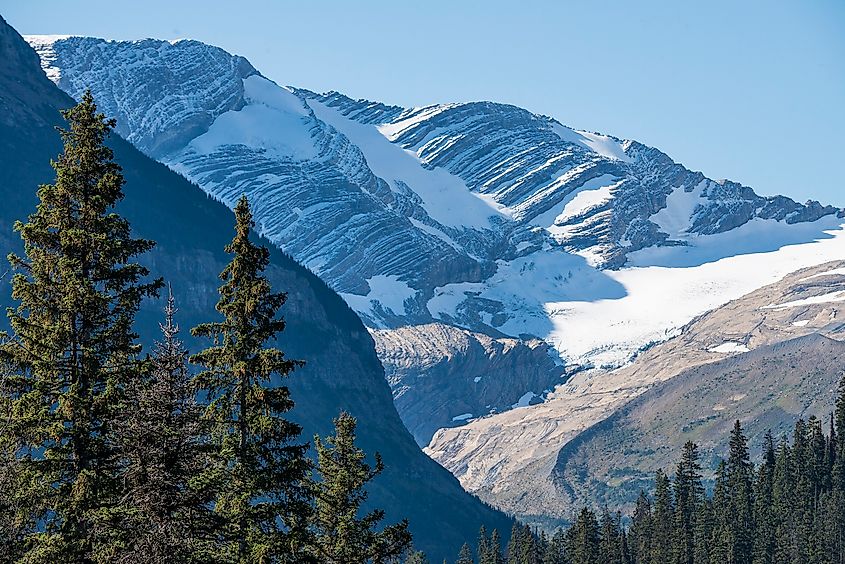
This viewpoint gives a clear line of sight to Jackson Glacier, one of the largest remaining perennial ice masses in Glacier National Park. The stop is located along a straight stretch of roadway east of Logan Pass, making it easy to identify and access, too. Be sure to spend some time here to study how far the glacier has, unfortunately, receded by comparing present-day conditions with historic markers on interpretive panels installed at the site.
The overlook also provides a broad view of the surrounding peaks in the Lewis Range, a group of mountains that extends into the neighboring Canadian province of Alberta. Overall, it’s a practical pull-off, whether you simply want to take a snack break, wish to better understand the park’s ongoing climate-driven changes, or hope to photograph one of its few fully visible glaciers.
Saint Mary Falls
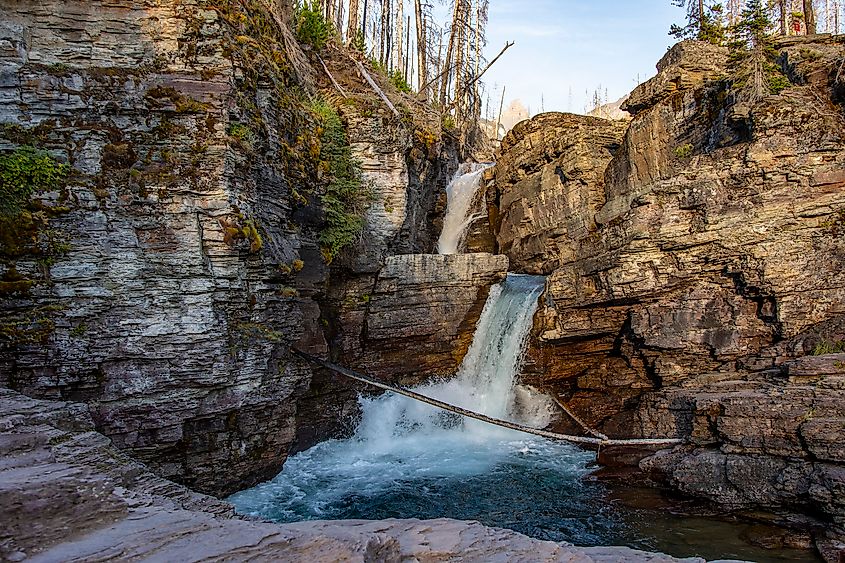
This stop leads to a short and fairly easy footpath to what many consider Glacier's most renowned waterfall. The nearly 1.5-mile round-trip trail descends through open forest before reaching a multi-tiered cascade known for its clear, turquoise water. Photographers use the bridge spanning the outlet creek for a stable vantage point, while hikers often continue another half mile to Virginia Falls for a taller drop and stronger flow.
Wildlife sightings are also quite common along this corridor, especially mule deer and ground squirrels. Like most tourist hotspots on the Going-to-the-Sun Road, parking at the trailhead fills early in the peak season, so mid-morning or late-afternoon timing helps reduce congestion on the trail if you prefer a slightly more lonesome experience.
Wild Goose Island Lookout
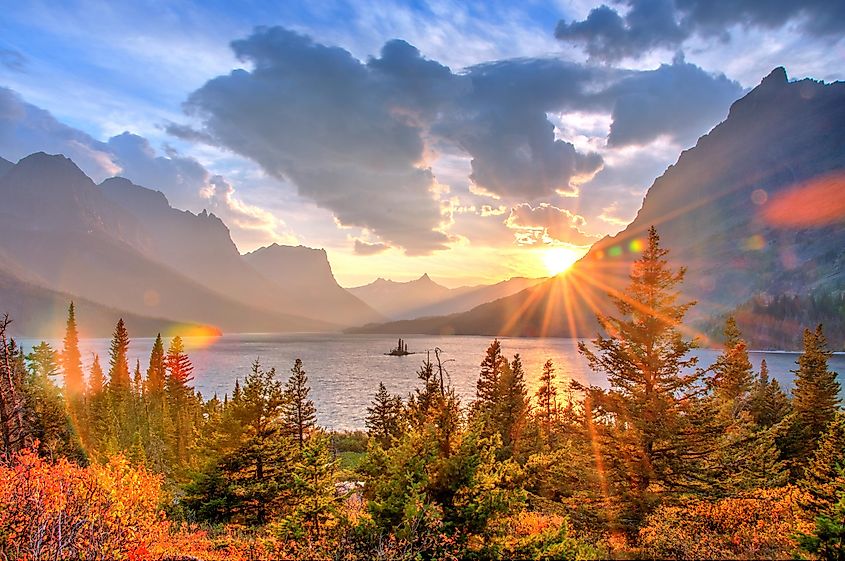
The turnout for this overlook rests along the north shore of Saint Mary Lake, giving an unobstructed line of sight to the small, tree-covered Wild Goose Island set against a backdrop of Red Eagle Mountain's steep ridges. A popular place to catch a sunrise, when the lake surface is usually calm and the surrounding peaks show off their sharp detail, this is a great early stop if heading down the byway coming from the eastern entrance.
Here, you can even find a few short pathways near the turnout to better reposition for different vantage points. Note that the weather can shift quickly at this locale, so visibility can vary, and rain gear should always be at hand in your vehicle. But on sunny days, this lookout simply can't be beat, both for its spectacular scenery and ease of access.
The Loop
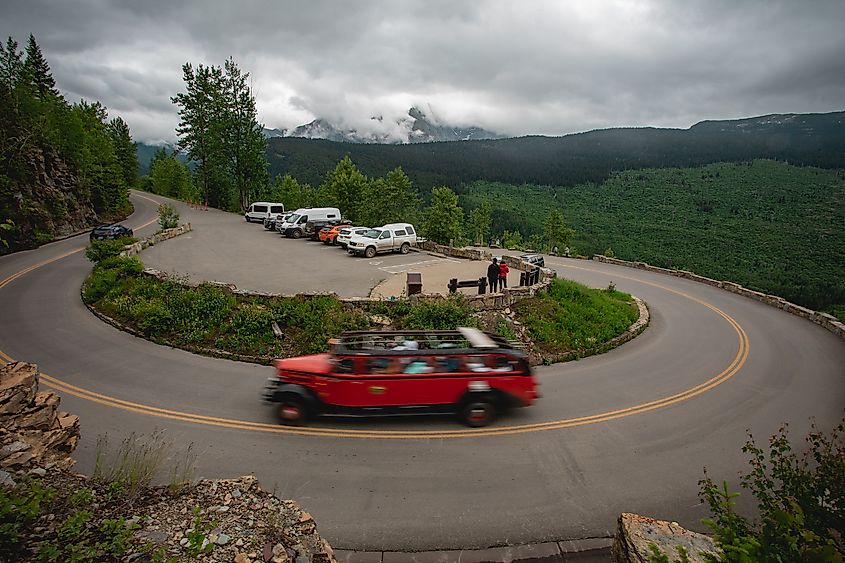
This switchback viewpoint marks the sharpest turns on Going-to-the-Sun Road, giving all who stop by an incredible, nearly 360-degree view of the surrounding Rockies. Glance around to see the tall, stair-stepped cliffs of Heaven’s Peak and the various glacial valleys carved into the Lewis Range.
The Loop pull-off also functions as a starting point for the Granite Park Trail, a route known for steady elevation gain, open meadows, and the historic, backcountry Granite Park Chalet along the way. The parking area at the Loop is small, so most travelers treat this pull-off as a brief stop to get a feel for the terrain, photograph the rugged slopes, and then prepare for the steep climb toward Logan Pass.
Make the Best of Your Glacier National Park Journey
These are just a few of the dozens of notable stops along the Going-to-the-Sun Road. This means each person passing through can truly customize their own unique experience, whether preferring waterfalls, hiking trails, convenient roadside vistas, or a mix of each. However, be sure to visit at least a couple of our recommendations above, as an in-person visit will allow you to witness the plethora of reasons why these specific spots are so popular. Whichever way you decide to go, you now at least have a clear picture of the many sights and sounds to potentially be discovered on this scenic byway next summer.
